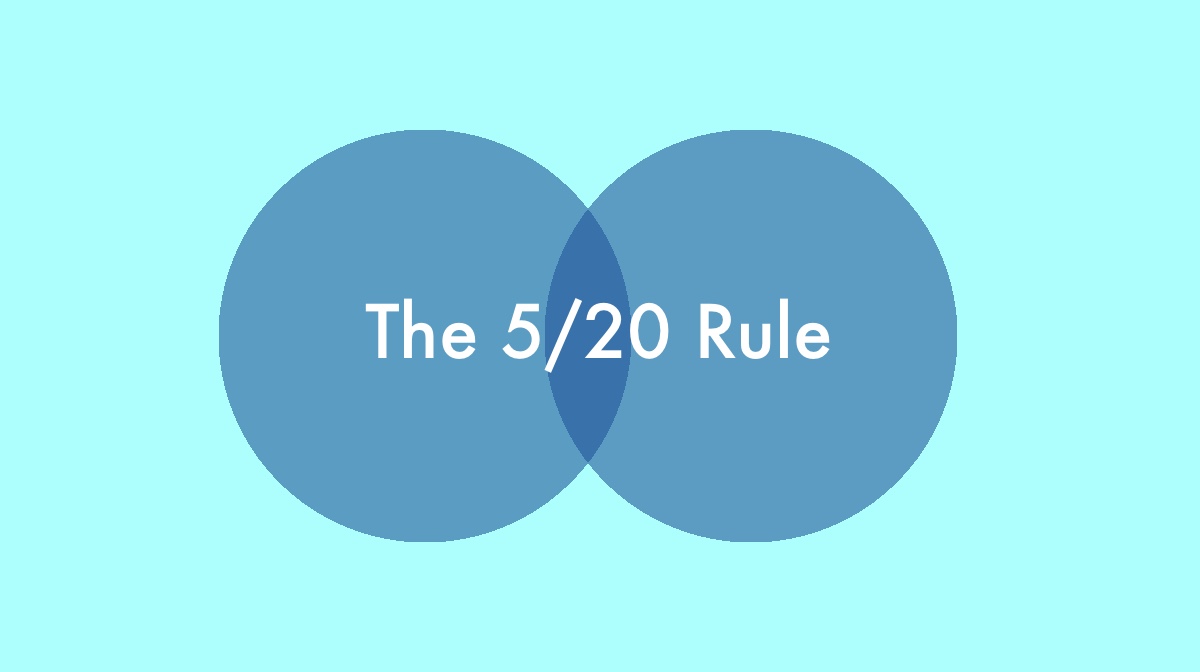How Do You Maintain Focus?
Raffy Banks • January 16, 2020
Distractions take us off course so we need tools that ensure we stay on track. Tools that help us reach our goals sooner than later.
First, let’s take a quick look at types of distractions. This will help keep your guard up when shiny new objects enter your line of vision, tempting your attention away.
First-order distractions
These are are the low-hanging fruit distractions. They are easy to identify and should be eliminated immediately. A few examples are watching TV or mindlessly scrolling feeds on news or social media sites.
These things we can eliminate immediately. It's simple and obvious but difficult to do.
Second-order distractions
These distractions are not as obvious and often masquerade as productive work.
Think of things like cleaning your office, doing "research," organizing your digital files, fantasizing, overanalyzing on past mistakes, etc. These are just another form of laziness. They do not help move you towards your goal.
While there is some likelihood that they need to be done, they don’t need to be done as soon or as often or with as much attention and detail as you may think.
The root cause of distractions
Have you ever wanted something so bad that no matter what was going on around you, all you thought about was how you were going to get the thing you wanted?
The lack of desire is the root cause of distraction. When you don’t want something bad enough, every other want or need around you becomes a viable candidate for your attention.
Want something bad enough and everything else will take care of itself.
But what if you don’t know what it is you want?
The 5/20 Rule - How do you figure out what to focus on?
The hard part is NOT coming up with things you want. The hard part is figuring out the ONE thing you want.
Are you familiar with the 5/20 rule? It’s bee attributed to Warren Buffet, but who truly knows where these ideas come from. Of course, we don’t really care. What we care about is extracting the value it provides.
The 5/20 rule helps you identify your top goals and provides a method for ensuring you achieve your top five. Here’s how it works:
Grab a piece of paper and list out 20 things you want to achieve. This can be person, work, health, et al. Any BIG goal that you have that you truly want to reach. For example, start a company or take a trip around the world or learn a new language. Noting is off limits but it must be of importance to you.
Now that you have a list of the 20 things, prioritize them in order of importance. If you think that one is equal to another, realize that it is not. Make a decision. For example, if you think that learning to ski is as important to you as learning how to program, think hard about whether that is true.
Once you have them prioritized, circle the top 5.
And then...?
Cross out the remaining 15.
Here’s what you end up with:
5 items that are your top priority.
15 items that you are to avoid at all costs.
If it doe not help you get closer to achieving one of your top 5 items, don’t do it. Eliminate anything else that gets in the way or prevents you from achieving what it is you want.
Do not "chip away" at a single one of the 15 items. Only when you have achieved one of the 5 items can another one move into its place.
Don’t indulge the other ideas. It’s common for people to create a collection of ideas, notes, images, thoughts, research, etc. thinking that they’re front-loading all this work so things will be easier for them when it comes time to take the new idea on. You then start to go down the rabbit hole deciding what note-taking tools or organizational tools to use.
Don’t do this.
There are two problems:
- it creates technical debt, and
- it’s being done at a cost to what you should be working on.
Technical debt is the cost of the rework you’ll need to do if and when the time comes to take on a project. All that front-loading work you’d be doing would be a complete waste of time as you’re just going to have to do it all over again.
The real cost affects the work you should be doing. Every decision you make to work on something else means NOT making progress toward your goal.
If you find yourself in the position of always having "great" ideas pop into your head, distracting you, then you have not clearly defined–or even understand–your desired outcome. Your "why."
What’s great about the 5/20 rule is that not only does it help you identify your goals but it gives you the time you need to be self-reflective and think hard about what it is you want from life.
Prioritizing a list of opportunities is hard because we all want to do and achieve so much in life. But a sure-fire way to achieve little is by doing thinking we can bounce between ideas or goals, chipping away at them, little by little. This rarely–if ever–works out and only leaves you scattered and confused.
